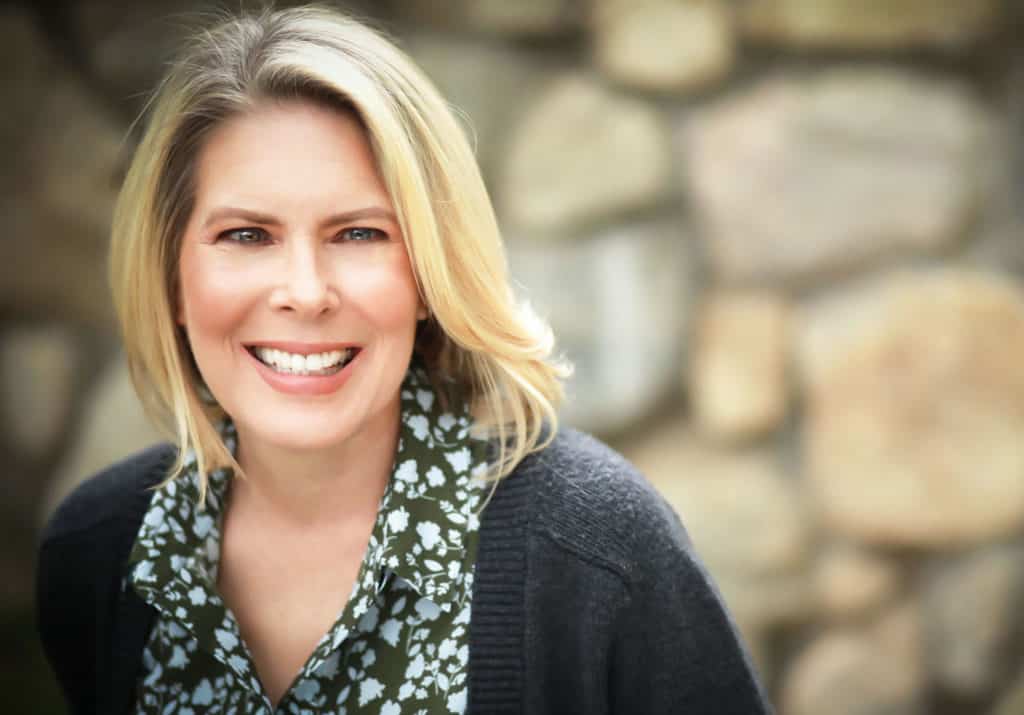Voiceover is one of the few areas of the industry that has not been put on pause by COVID-19, creating a surge of interest from those hoping to get it on the action. Voice actor and coach Kathy Grable took time out from the numerous projects she’s working on at the moment to teach a virtual workshop for The Greenhouse entitled “Making Your Mark As a Voiceover Actor.” Grable has done it all, whether that means dubbing Nicole Kidman’s voice in Batman Forever, providing the voice for Baskin-Robbins’ “Talking Spoon,” or voicing the Live LA 2019 Tony Awards. And after completing a recent COVID-19 spot, she’s now working on a Warner Bros. animation project. With everything the voice actor is doing, Grable still took time to speak with The Greenhouse and recap her recent workshop for those who missed it. Keep reading for a window into the world of voiceover, told by a seasoned pro.

For those just beginning their journey with voiceover work, where is a good place for them to start?
Well, I would say that they should start by getting into a voiceover acting class because voiceover is its own genre. Think about someone coming to LA with a theater background, wanting to pursue film and TV. They would have to adapt their acting style to fit the on-camera medium. It’s the same way with voiceover. You can take classes on the technical aspects of working in front of a mic, but I would start with a class that focuses on acting for voiceover. In it, you should also learn the correct terms to use. For example, a script is called “copy” in the world of voiceover.
That makes sense. And when it comes to buying gear, what do you advise people invest in to start?
Before COVID-19, I would’ve said to hold off on investing in creating a home studio because you could go and rent time in professional studios to record auditions or projects you booked. But now, no matter what level you’re at in your voiceover career, you’ll definitely need a mic. The exception would be if you’re just taking a Zoom class to figure out if it’s something you want to pursue. Then, you could just use the mic in your computer to take the class. But if you’ve decided to do it, you’ll need to purchase either a USB mic or an XLR mic. USB mics will plug directly into your computer or tablet, and they’ll usually be less expensive. They’re also very portable and easy to take with you when traveling. But if you want a studio-quality mic, you’d need to go with an XLR mic, which requires a pre-amp. And no matter what mic you use, you’ll need audio software. Usually, Audacity or TwistedWave are the ones that most people recommend. Pro Tools can be a very costly and complicated option, and I wouldn’t say that it’s necessary to have as a voice actor. Soundproofing your space is really important, too, which can be done as inexpensively as using quilts to deaden sound. I will say that with the Zoom sessions happening right now, people are wanting to see you in your home studio. So besides creating a space that sounds good, it should also look good, too.
That sounds like great advice. What about your tips for making a voiceover demo?
First off, I’m a big believer in making a demo, rather than just a sample. But I don’t think you ever want to do it prematurely. Definitely take classes first so that you can feel like you know where your signature casting is. Or work with someone privately and do a consultation. I always like to say, “You don’t know what you don’t know.” After taking a number of classes, you may think, “Oh, I’ve got it.” But then, after another six or eight weeks pass, you might think,“Now I really get it.” You know? If you wanted to be a surgeon, you wouldn’t just take a quick course and then go straight into surgery. The same goes for a voiceover career. A demo is your calling card so it should showcase you at your best. I actually started producing demos for select people. I don’t “put out a shingle” for that service, though, because I don’t want it to end up as some sort of mass-production. I personally think that there’s less care taken when demos are produced by companies that operate like factories, churning them out. A demo should be tailored to you and your talents as a voice actor.
This has been a great overview of your workshop! Can you leave us with one thing you wish you would’ve known when you first began doing voiceover work?
This may sound like the opposite way to answer the question, but I’m actually glad I didn’t know how hard it was to break into voiceover. You hear that a lot, and while it’s true, there’s also a lot of room for people to get into voiceover work. Plus, there’s a great future for it, especially right now. Sure, it can be a hard area of the industry to get established in, just like it can be for on-camera work. But if you take classes, put in the work, make a great demo, and really go for it, you have a chance in voiceover. And if it works, it works. If it doesn’t, you can either keep trying or maybe put it aside for a while. But at least you tried, and you did it. So even though I didn’t know how hard it can be, I think that’s a piece of advice I would give to those starting out. That is, just try and see what happens.
Between Grable’s workshop and her recap of the major takeaways from it, those interested in voice acting can benefit from a head start in entering that area of the industry. More information about the voice actor can be found on her website, and those interested in being coached by the industry pro can check out her studio website. Additional knowledge about the world of voiceover can also be gleaned from her podcast, “In My Voice.” Grable’s workshop on voice acting is a great example of the types of learning opportunities that The Greenhouse offers. For details on other upcoming workshops, please visit our Greenhouse Events Calendar.
This interview has been edited and condensed.
